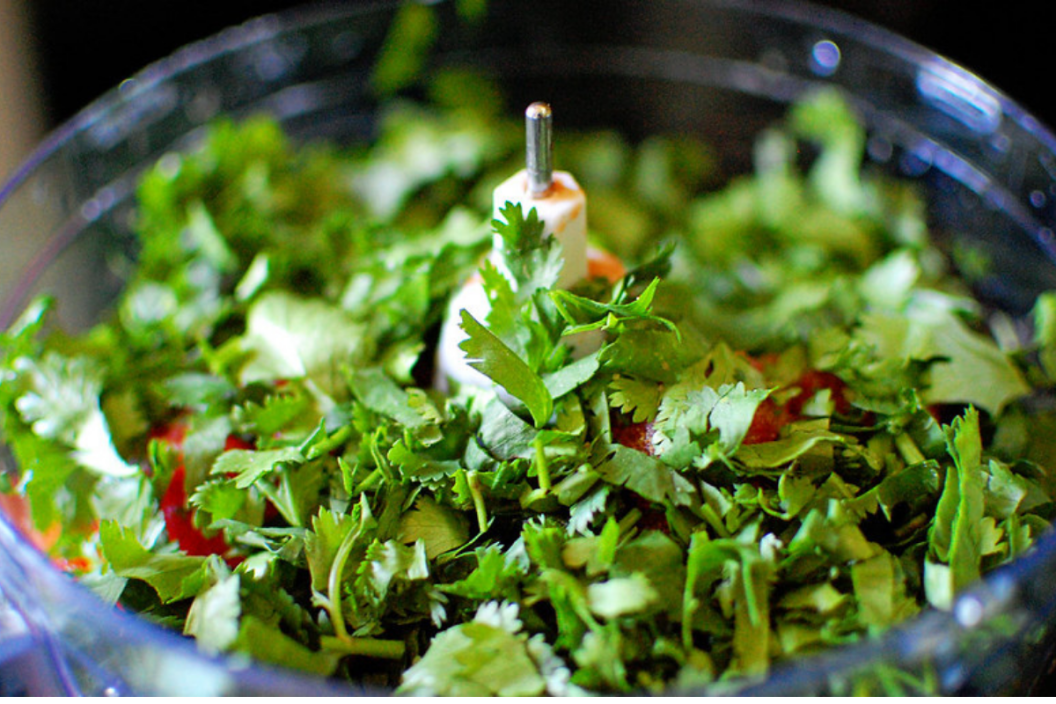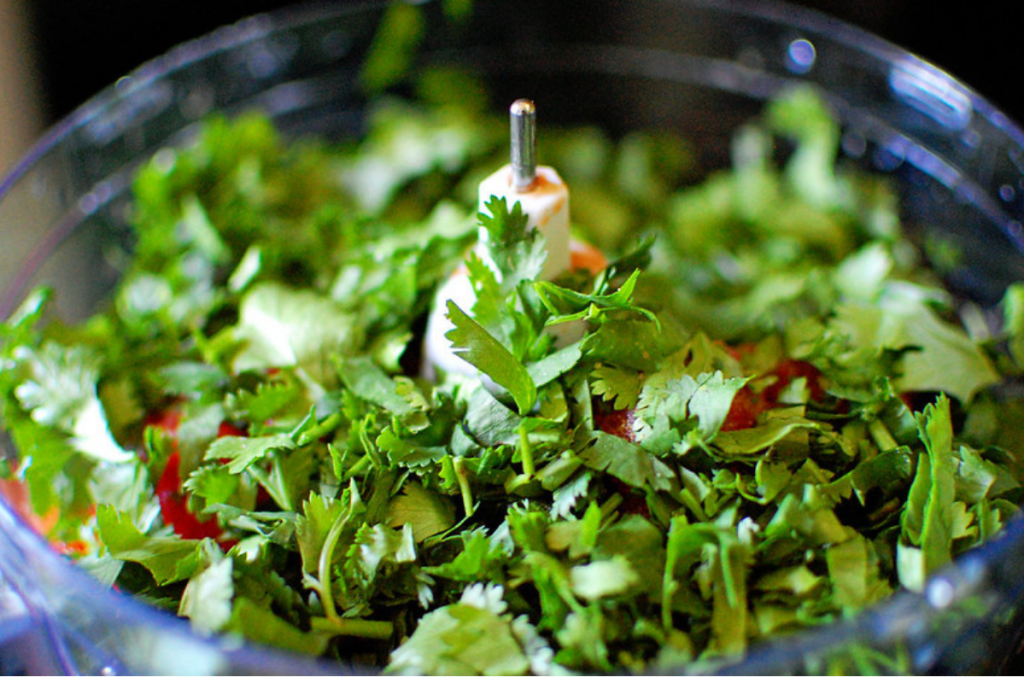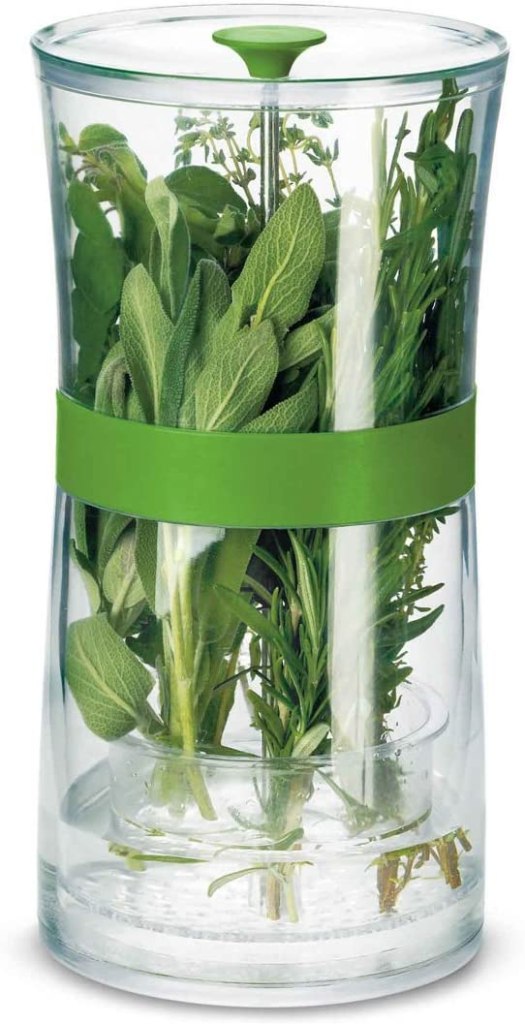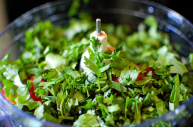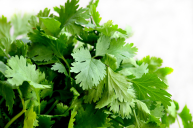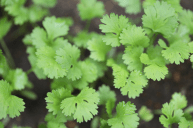Cilantro is one of those inherently divisive foods- you either love it, or you think that it tastes like soap. However, if you're in the cilantro-loving camp, you are fully aware of how much flavor it can add to a dish! I personally never skimp on the cilantro when making tacos, salsa, pesto or salad. If you're new to the world of cilantro, it can be confusing to know how to use it- is it best as a garnish or cooked into the meal? How much of the plant are you suppose to eat, and how to chop cilantro?
Videos by Wide Open Country
How To Use and Chop Cilantro
The answers to these questions depend on who you're asking, but all foodies who love cilantro can agree that it adds a distinct, flavorful pop to any dish. Some Indian and Central Asian dishes require large amounts of cilantro to be cooked along with the other ingredients, but it's typically used as a garnish atop a cooked meal and added right before it's eaten since fresh cilantro has the strongest flavor.
Coriander, the seeds of cilantro, has a different flavor and usage than cilantro, though it is equally delicious. Coriander is spicier and is a central ingredient of Middle Eastern and Asian cooking. Cilantro, on the other hand, is more versatile and goes with many different foods. Along with being popular in Thai dishes, Cilantro is often part of Mexican dishes such as guacamole, tacos, burritos and salsa. It also complements lentils, jalapenos, beans, fish, pork, avocado, and many other foods.
1. Make it Nice and Clean
Back to the question of how to chop cilantro, the first step when using any fresh herbs or vegetables is to clean them. Rinse the sprigs of cilantro under cold running water, making sure that all leaves get clean. If you want to be extra thorough, you can also soak it in a bowl of cold water for a few minutes before rinsing.
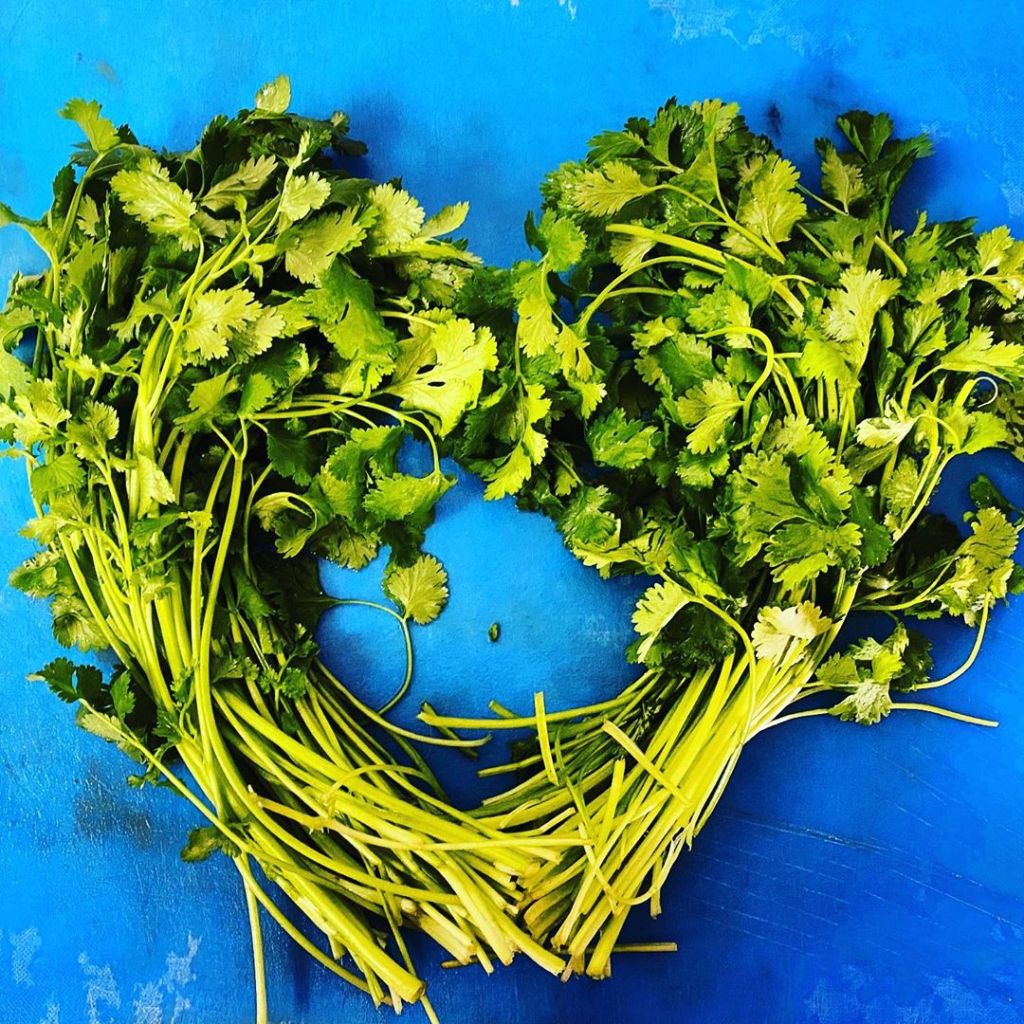
2. Dry it
Once you've made sure to remove all dirt, dry your cilantro on paper towels, blotting the leafy herbs to avoid crushing them. You can also use a salad spinner if you have one.
3. Chop away!
Once clean and dry, line up all of the cilantro and chop off the thick, bottom part of the stems until only the tender stems are left. This is a similar method as that used to chop parsley. At this step in the process, there are two options. You can either cut the cilantro leaves off of the stems or use the entire bunch of cilantro.
Cutting the leaves off is a good option if you plan to use whole cilantro leaves or big pieces of them. Using whole leaves shows off their shape and can be more aesthetic, so this is often how cilantro is served in fine dining. If you choose this method, run your knife lengthwise down each stem, chopping the leaves off. Either serve the cilantro leaves whole or use your knife in a rocking motion to make them into slightly smaller pieces.
However, the typical household method would be to keep the leaves on the stems and simply mince the whole bunch of cilantro. If you decide on this option, fold the cilantro in half lengthwise on the cutting board and use a sharp knife to chop the cilantro into the size you prefer. There's no need to have sophisticated knife skills, just mince the cilantro leaves so that all pieces are a similar size. It's important to note that the cilantro stem has a stronger flavor than the cilantro leaves, and you can accentuate the taste with longer pieces or choose to cut the cilantro finely.
Storing Chopped Cilantro
Most find that using fresh cilantro works better than buying a lot and storing it, as chopped cilantro doesn't typically last longer than a few days in a plastic bag. Another good option for storing cilantro is buying an herb keeper, which you can find on amazon. Using this should extend your cilantro's shelf life to about a week. In any case, at this point you're ready to enjoy a delicious garnish for your meal!
